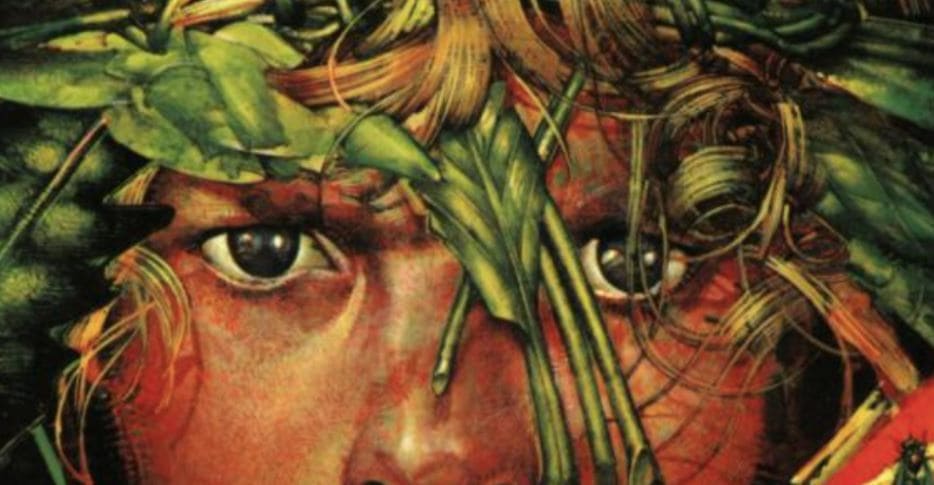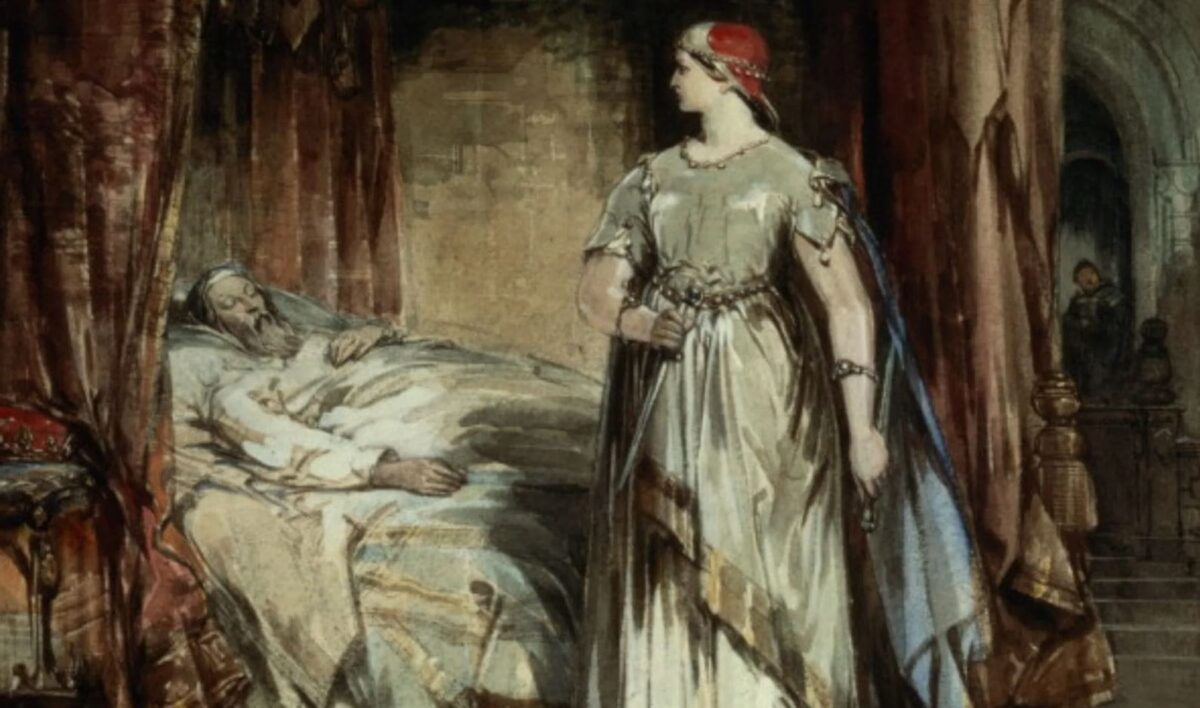Introduction
In writing the novel “Lord of the Flies,” William Golding skilfully used several narrative techniques. His approach makes the work more appealing and fascinating to read. The three narrative techniques Golding utilized include allegory and symbolism, foreshadowing through the description of the setting, and third-person narration.
Allegory and Symbolism
Golding effectively uses allegory and symbolism as narrative techniques, both of which are similar to some extent. An example of allegory is the setting of the story since it presents an uninhabited island described as ‘innocent and beautiful’ like the Garden of Eden (Mohammed 89). Like Adam, the boys are portrayed as well-mannered and virtuous at first before some of them start committing evil. Additionally, Golding uses allegory to reveal good and evil in society through the actions of characters, such as Jack and Ralph (Mohammed 89-90). Jack and the hunters are portrayed as savagery and barbaric and are opposed to Ralph and Piggy, who are allegorically used to show morally acceptable behaviour. Another technique similar to allegory is symbolism, which is shown through the characters, the setting, and the objects in the story (Mohammed 92). For instance, the conch is a sign of power and characters like Piggy symbolize virtue and civilization, demonstrating key points for how to write a character analysis essay. Therefore, allegory is used by the author to show evil and good in society.

Foreshadowing
Golding creatively describes the setting of the novel to enhance foreshadowing. In one of the chapters, he explains clouds forming over the island and provides a description of the storm in a manner that is mystifying and obscure (Boro et al. 136). Considering how the author depicts lighting and thunder and the strong and irregular wind blowing, the readers are made to feel that something bad will happen. In depicting this setting, the author engages foreshadowing because what happened afterwards was the killing of Simon (Boro et al. 136). After explaining the mystifying storm that created fear, Golding portrays the boys in a meeting, who see something crawling in the forest and kill Simon, believing he is a beast. Also, the author explains the setting as having inexperienced children and no adults on the uninhabited island (Boro et al. 135-136). This predicament creates an impression of what would happen or what characters may do afterwards, including division or conflict in the group. Therefore, Golding used foreshadowing by depicting the setting to give a clue of what may happen.
Third-Person Narration
The novel utilizes a third-person narration style and even describes the inner thoughts of the characters. The story is told in the third person and mostly presents the perceptions held by Ralph (Mogea 176). In some instances, the story focuses on the view of the other characters, including Jack and Simon. Moreover, the narrator is portrayed as omniscient and even describes the feelings and thoughts of the characters (Mogea 176). The storyteller is portrayed as having knowledge of everything that happened, including what was going on in the minds of the characters. For example, Simon is explained to have realized that there was no beast. Therefore, the use of the third person makes the story more thrilling.
Conclusion
The effective use of narrative techniques, such as allegory and symbolism, foreshadowing, and third-person narration, makes the story fascinating to read. Evil and good are presented allegorically through the setting and behaviours of the characters. Similarly, the setting or description of events foreshadows what will possibly happen, while the narration is done in the third person to make it more appealing. Thus, the author skilfully used different narrative techniques.
Works Cited
Boro, Ibourahima, et al. “The Issue of Environment as Seen Through William Golding’s Lord of the Flies.” English Language, Literature & Culture, vol. 6, no. 4, 2021, pp. 133–139, doi:10.11648/j.ellc.20210604.16.
Mogea, Tini. “Character of Ralph as Seen in William Golding’s Lord of the Flies.” Journal of Creative Student Research, vol. 1, no. 2, 2023, pp. 171–188, doi:10.55606/jcsrpolitamav1i2.1203.
Mohammed, Mohammed Nasif Jasim. “Lord of the Flies as an Allegorical and Symbolic Novel.” Journal of Tikrit University for Humanities, vol. 28, no. 11, 2021, pp. 86–101, doi:10.25130/jtuh.28.11.2021.25.


